Every time you use a rewards credit card, you get your money back. If you use a rewards credit card wisely and pay off your balance in full every month, it can be very profitable, whether you get cash back, gift cards, welcome bonuses, or miles and points you can use to travel.
As we return to “normal life” this summer, many of us will probably spend more on restaurants and travel. The good news is that many of these credit cards have the highest reward rates for precisely these kinds of purchases.
Before applying for a credit card, you should ensure you know how it works and how to get the most out of the rewards and advantages of the credit card. Most of the time, you have to spend a lot of money on your credit card before you can start earning rewards. This could cause you to spend more than you should and get into much debt because of the high fees and interest rates.
If you’re looking for a new rewards card to help you get more cash back, make a big purchase, or save money while traveling, here are our top picks for the best rewards credit card in each category.
Best Overall Cashback Rewards Card
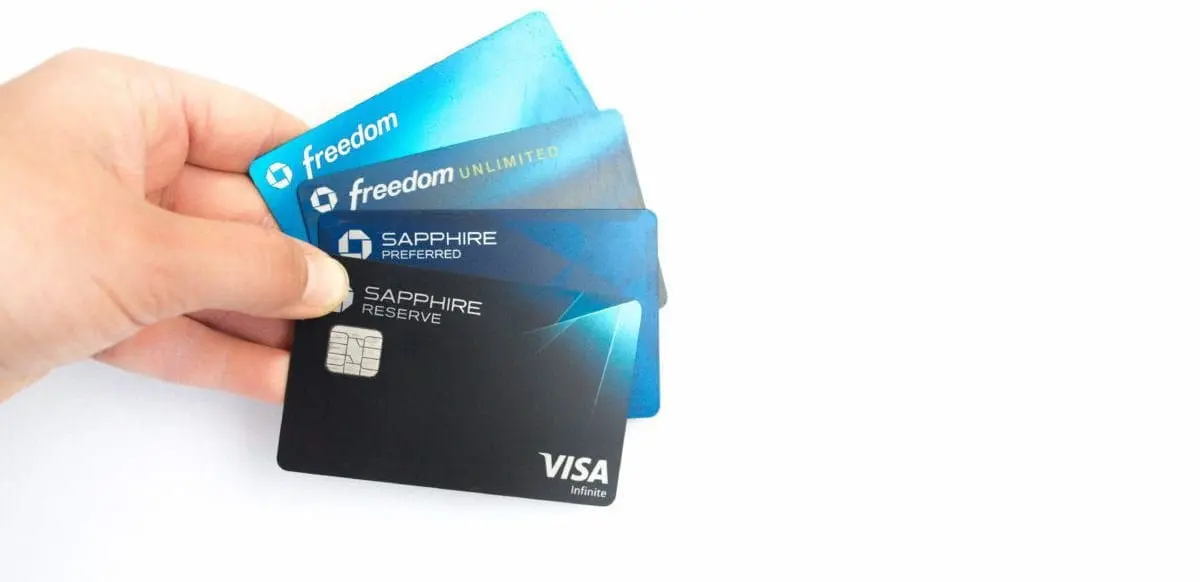
Annual fee: $0
Rewards rates: Reward rates: Unlimited 1.5% cash back on all purchases and 5% back on travel through Chase, 3% back on dining, 3% back on drugstore purchases
Welcome bonus: $200
Bonus redemption threshold: Spend $500 on purchases in the first three months
Credit requirement: Good to Excellent
Intro APR: 0% on purchases (15 months)
APR for purchases: 14.99% to 23.74% variable
APR for balance transfers: 14.99% to 23.74% variable
Balance transfer fee: 5% (minimum of $5)
If you want a credit card with great overall cashback rewards and extra bonuses for travel and dining, we recommend the Chase Freedom Unlimited card. With 5% cash back on Chase travel, 3% cash back on dining, 3% cash back on drugstore purchases, and a flat 1.5% cash back on all other purchases, the Chase Freedom Unlimited card offers great rewards all around. It has one of the highest flat reward rates out there.
If you spend $500 or more in your first three months with the card, you’ll get a $200 bonus. This is one of the lowest bonus requirements of the cards we’re looking at here. Note that you can only get 5% cash back on travel if you book it through the Chase Ultimate Rewards service. Even though it has a lower standard rate (1.5%) than the Citi Double Cash Card (up to 2% cash back; 1% cash back when you buy plus 1% cash back when you pay for those purchases), we think it’s the better card overall for most people because of the 1.5% flat rate and the higher rates for spending in certain categories.
This card works well on its own or with a card for a specific type of purchase, like a travel credit card, that may give you better rewards. When used with a card that lets you earn Chase Ultimate Reward points, you can turn your tips into points, which makes them more valuable. Remember that cards with higher rates in some categories, like the Capital One Savor, which gives 4% cash back on dining and entertainment and 3% cash back at grocery stores, may have lower rates in other categories. So, the flat 1.5% cash back from the Freedom Unlimited card is a good deal for everyday purchases that don’t fit into the bonus categories of other cards.
You can get any number of Chase points as a credit on your bill or as a direct deposit into your bank account. Other cards only let you redeem at certain levels, like 2,500 reward points or $25, so being able to redeem at any level is a nice bonus.
Best welcome bonus
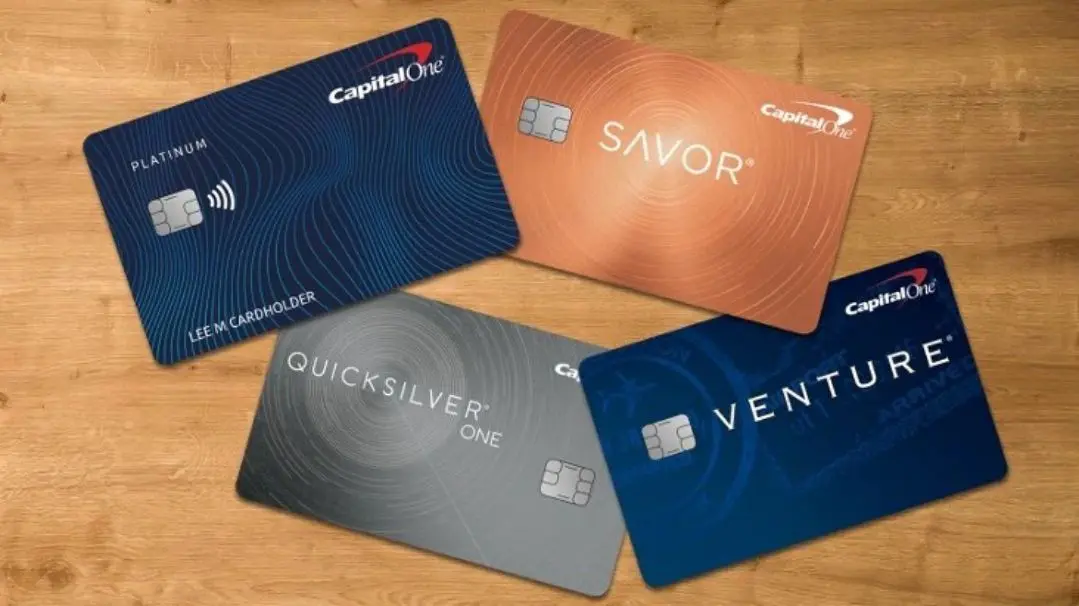
Annual fee: $95
Reward rates: Unlimited 2x miles (2 miles per dollar) on every purchase
Welcome bonus: 100,000 miles
Welcome bonus value: $1,000 to $1,700*
Bonus redemption threshold: $20,000 on purchases in the first 12 months from account opening, or earn 50,000 miles if you spend $3,000 on purchases in the first three months
Credit requirement: Good to Excellent
Intro APR: N/A
APR for purchases: 17.24% to 24.49% (variable)
APR for balance transfers: 17.24% to 24.49% (variable)
Balance transfer fee: None (“3% of the amount of each transferred balance that posts to your account at a promotional APR that we may offer you”)
People who want to take a big trip this summer can get a welcome travel bonus from Capital One of $1,000 to $1,700 (100,000 miles after spending $20,000 in the first 12 months). This card has one of the biggest bonuses when you first get it. It also has a secondary bonus for people who don’t spend as much, and it costs $95 per year, which isn’t too bad. Cards with an annual fee of $100 or less don’t usually have such a big bonus and a tiered structure for the bonus. So, we think that this card is the best deal we’ve ever seen.
This card does have a high spending limit, though. To meet it, you’ll need to spend an average of $1,670 a month for a year. And here’s the possible catch: if you end up spending even $100 more per month than you normally would just to get the bonus, the value is gone. Even if you only spend $3,000 in the first three months, you can still get 50,000 miles.
How you use your Capital One mile changes how much they are worth. Each mile is worth 1 cent if you use Capital One to get a credit on your bill or pay for travel. The Points Guy says that if you transfer your miles to an affiliated travel partner, they can be worth up to 1.7 cents each, depending on the flight or hotel stay.
Best travel rewards card
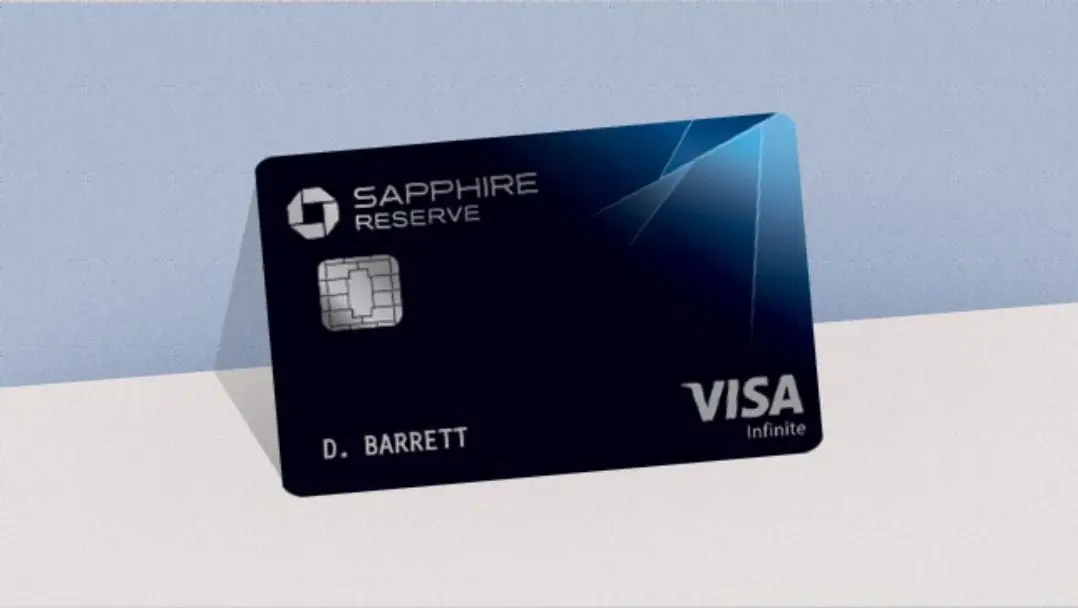
Annual fee: $550
Reward rates: 3x points on dining and travel (3x on travel begins after earning $300 annual travel credit), 1x points on all other purchases
Welcome bonus: 60,000 bonus points
Bonus redemption threshold: Spend $4,000 in the first three months
Credit requirement: Excellent
Intro APR: N/A
APR for purchases: 16.99% to 23.99% variable
APR for balance transfers: 16.99% to 23.99% variable
Balance transfer fee: 5% (minimum of $5)
If you plan to take several trips this year or travel more than most people, a good credit card with travel rewards can save you a lot of money if you use it wisely. The Chase Sapphire Reserve is a rewards credit card that can be used for anything. This means that you can earn points on any travel or restaurant purchase, not just with one airline, and that you can use your points in a lot more ways and transfer them more easily. The Chase Sapphire Reserve rewards card is even better for people who like extra travel perks like travel insurance, discounts and freebies at hotels, and access to lounges. People who spend at least $12,000 a year on travel (flights, hotels, rental cars, trains, buses, taxis, etc.) and food should get a Chase Sapphire Reserve card (restaurants, cafes, bars).
From now until March 2022, cardholders can earn 3 points for every dollar spent on travel and dining, 1 point for every dollar spent on other eligible purchases, and 10 points for every dollar spent on Lyft rides. Even though the $550 annual fee is a bit high, the $300 statement credit for travel purchases each year brings the annual commitment down to about $250. As a welcome bonus, you’ll get 60,000 Chase Ultimate Rewards points after spending $4,000 in the first three months. When used to book a trip through the Chase portal, these points are worth $900. Chase Sapphire Reserve cardholders also get a statement credit for Global Entry or TSA PreCheck (worth $100 for Global Entry or $85 for TSA pre-check, and both are good for five years) and several VIP-style travel perks, which we list in our full review of the card.
There are different ways to use points. For instance, you can transfer points to one of 13 travel partners, including ten airlines, at a rate of up to 2 cents per point for a total return of 6% (but keep in mind that you won’t always get the maximum value for every trip). You can also book travel through the Chase Ultimate Rewards portal (flights, hotels, cruises, etc.). You’ll get 1.5 cents per point on travel and food purchases or $1.50 for 100 points. This is a return of 4.5%. (well above most airline credit cards). You can also turn your card into a 3% cashback card for travel and dining purchases by exchanging points for cash at a rate of 1 cent per point.
Best Dining and Entertainment rewards

Annual fee: $95
Reward rates: Unlimited 4% cash back on dining, entertainment, and popular streaming services, 3% at grocery stores, 1% on all other purchases
Welcome bonus: $300
Bonus redemption threshold: Spend $3,000 in the first three months
Credit requirement: Good to Excellent
Intro APR: None
APR for purchases: 15.99% to 24.99% variable
APR for balance transfers: 15.99% to 24.99% variable
Balance transfer fee: None (“3% of the amount of each transferred balance that posts to your account at a promotional APR that we may offer you.”)
Now that restaurants are reopening and more Americans are planning to travel this summer, a cash rewards card with restaurant perks could be useful. We think one of the best options is the Capital One Savor Cash Rewards card. You get a $300 welcome bonus if you spend $3,000 in the first three months. This is enough to cover the annual fee for the first three years.
The best thing about the Savor card is that you get 4% back on dining out and going to the movies. This includes bars and restaurants for food and “tickets to a movie, play, concert, sporting event, tourist attraction, theme park, aquarium, zoo, dance club, pool hall or bowling alley” for entertainment. If you’re like most Americans and spend more on food than on entertainment, this part of the bonus is important to you.
But keep in mind that the $3,000 bonus threshold is pretty high, so you might need to use the card for purchases outside of the bonus categories in the first three months to make sure you hit it. You’ll lose a few percentage points in rewards from other cards, but it’s worth it to ensure you don’t lose $300. Just do the math to make sure it makes sense.
This card makes sense if you spend more than $300 monthly on food and entertainment. If that’s the case, I’d only use it to buy things like that. There’s no reason to pay the 1% fee on purchases that aren’t for food or entertainment. Put those on your 1.5% or 2% card.
When you cash in your Capital One Savor points, you can get a statement credit or a check for any amount. There are no minimums or maximums on how much you can earn.
Best Amazon Rewards
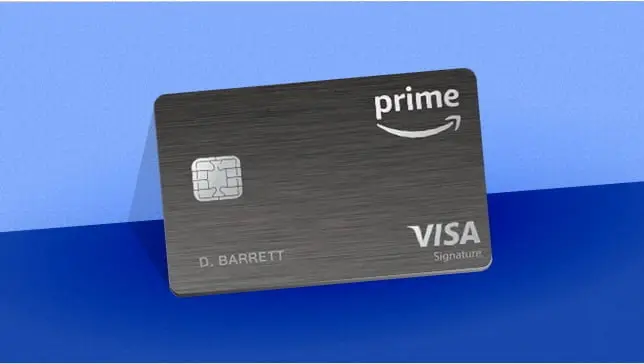
Annual fee: $0 (must be a Prime member to apply)
Reward rates: 5% cash back at Amazon and Whole Foods; 2% at restaurants, gas stations, and drugstores; 1% on everything else; up to 10% cash back on rotating categories and Prime exclusives
Welcome bonus: Up to $150 Amazon Gift Card
Bonus redemption threshold: Card approval
Credit requirement: Fair
Intro APR: None
APR for purchases: 14.24% to 22.24% variable
APR for balance transfers: 14.24% to 22.24% variable
Balance transfer fee: 5% (minimum of $5)
With the Amazon Prime Rewards Visa Signature Card, you can get 5% cash back on purchases at Amazon and Whole Foods, which is great if you shop at these stores often. You should also get this card for a few other good reasons. First, if you join as a new member, you can get a gift card worth up to $150. On some Amazon products that change over time, you can also get up to 10% back in bonus rewards.
The card also gives you 1% cash back on all other everyday purchases and 2% cash back at restaurants, gas stations, and pharmacies. Even though Amazon has a basic card that doesn’t require you to be a Prime member and gives you 3% back on Amazon purchases, I’m focusing on the Prime rewards card because I assume that if you spend more than $250 a month at Amazon or Whole Foods, you’re probably a Prime member.
If you spend most of your money elsewhere on restaurants and gas, the Amazon Prime Rewards card could be the only cashback card you have. Aside from that, I think this card is best used like the others: as a supplement to a flat-rate card to earn cash back on Amazon and Whole Foods purchases.
You can buy anything on Amazon with points, or you can use Chase to get a statement credit for as little as $20 (2,000 points) if you have enough points. Amazon encourages the Amazon redemption option and doesn’t say anything about cash, but cash can be redeemed at the same rate, and there is no fee.
Best Apple Rewards
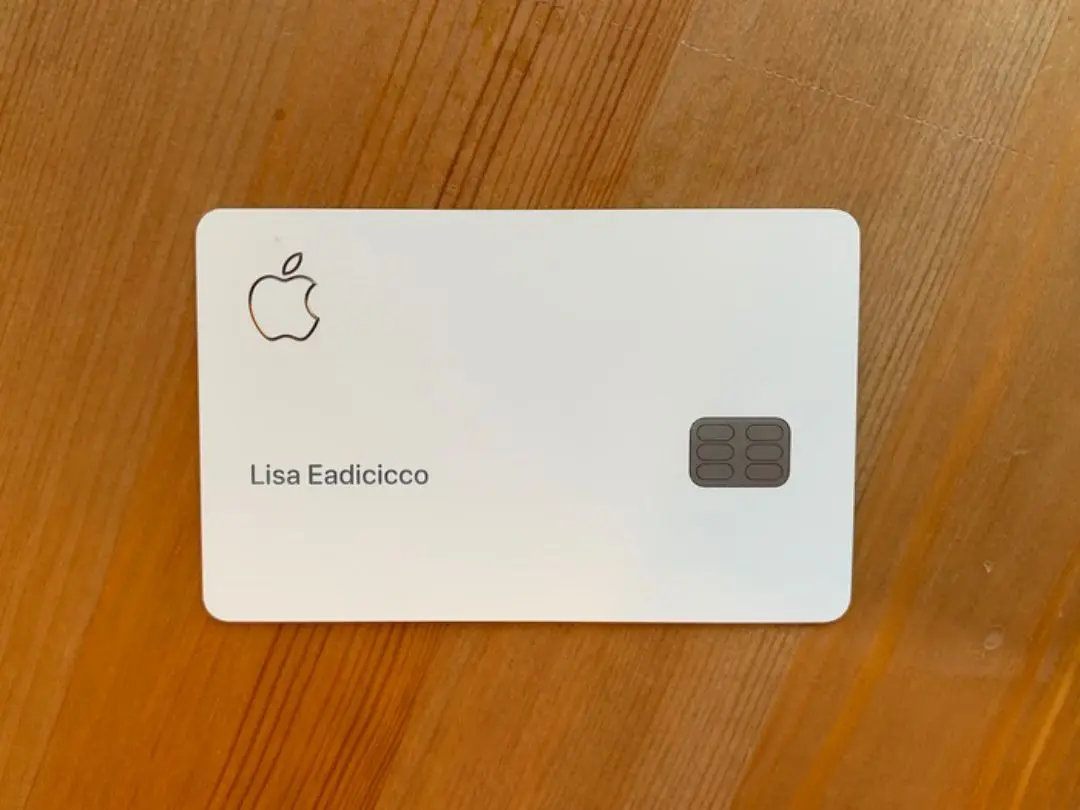
Annual fee: $0
Reward rates: 3% on Apple, Uber, and Walgreens purchases; 2% on Apple Pay purchases; 1% on everything else
Welcome bonus: $0
Bonus redemption threshold: None
Credit requirement: Fair
Intro APR: N/A
APR for purchases: 10.99% to 21.99% variable
APR for balance transfers: Not offered
Balance transfer fee: Not offered
The Apple Card doesn’t really have many benefits that don’t have to do with Apple purchases. But if you want to buy a new MacBook for a college student or an upgraded iPhone, this card has some great Apple-related benefits.
The rewards program for the Apple Card is one of a kind. You get 3% back on purchases from Apple, Uber, and Walgreens, which is an interesting mix. You get 2% back on purchases made with Apple Pay and 1% back on everything else. If you buy a lot of Apple products and use Uber every day, you won’t stand out much in the 3% group. Also, you have to use Apple Pay to get the 2%, which isn’t as good as the Citi Double Cash Card, which gives you up to 2% on everything, no matter how you pay (1% when you buy and 1% when you pay for eligible purchases). But there are a few good things about Apple’s card.
In its privacy policy, the Apple Card says it will “never share or sell your data to third parties for marketing or advertising,” which is a big deal for people who care about their personal information. The Apple Card’s rewards are also different because the cash back shows up in your account right away and is added to your balance at the end of every day. So, if you can’t wait a month or two to use your points and another four or five days for a statement credit to show up in your account, the Apple Card’s instant rewards could be appealing.
This is a good way to get cash back if you buy a lot of things from the main 3% category (Apple, Uber, and Walgreens). But the 2% for Apple Pay isn’t that great because not all stores accept it. On the other hand, the Citi Double Cash Card always gives you up to 2%. People who are most interested in this card are those who care about privacy and want rewards right away.
Apple has made a big deal about the low APR and lack of fees for things like late payments, but these things are less important if you pay off your balance every month on time. Keep in mind that the Apple Card only reports credit activity to one of the three major credit bureaus. If you’re trying to build your credit score, this won’t help as much.
A direct deposit of financial news and tips that will help you make the best decisions for your money.
More Credit Card Recommendations
- Best Cashback Credit Cards
- Best Student Credit Card
- Best Travel Credit Cards
- Best Airline Credit Card
- Best Balance Transfer Credit Cards
- How to Fix Your Credit Score
Read More About Tech News here!

